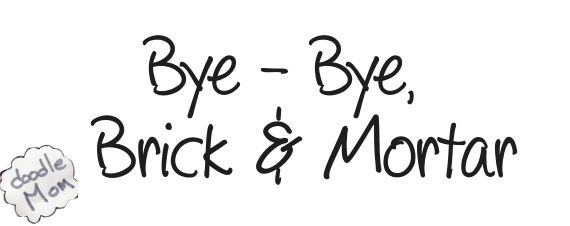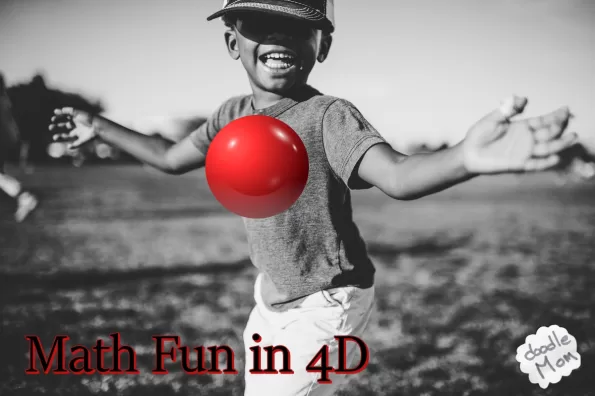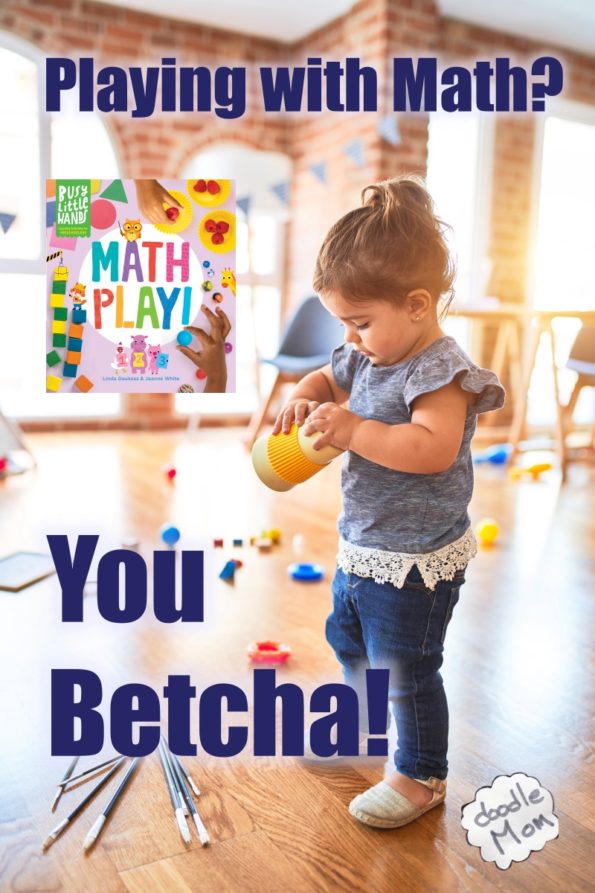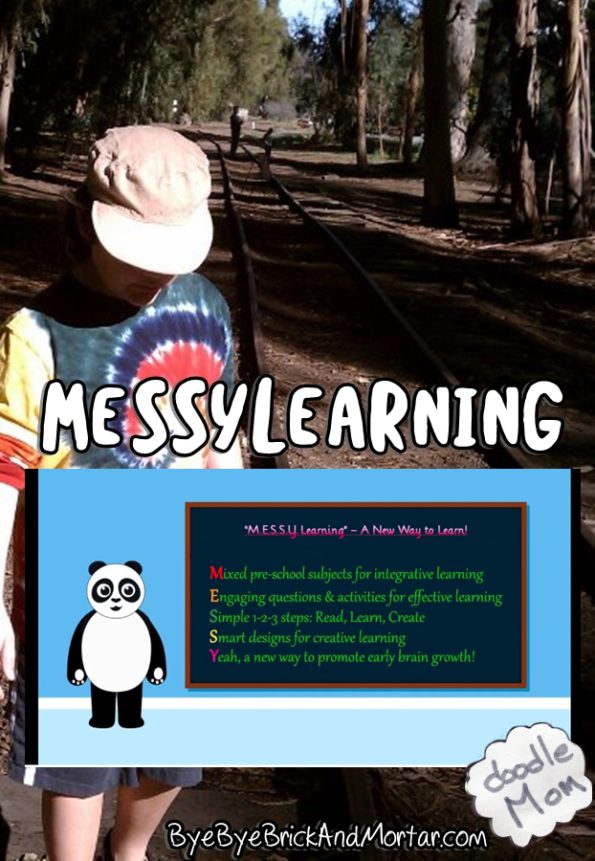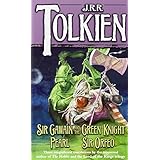 A few weeks ago I began reading Sir Gawain and The Green Knight to my kids. This version is the one translated by J.R.R. Tolkien.
A few weeks ago I began reading Sir Gawain and The Green Knight to my kids. This version is the one translated by J.R.R. Tolkien.
When I first started reading aloud I was a tongue-tied, stumbling mess. The poem is built upon stanzas that don’t rhyme until you get to the last four lines. It was a good story but I could not for the life of me figure out how to get the writing to sing as I read it aloud. After a number of days I discovered the secret: repeating phonetic sounds. One line will have three or four words beginning with a “s” sound, interspersed by a set number of syllables and the next line will have a different rhythmic pattern with a different repeated phonetic sound in some number of words. Once you figure that out, the whole thing becomes fascinating to read aloud. Each line is a new challenge. Now, I could have actually read the introduction to the book which, it turns out, had a great explanation of the type of poetry in the poem, but “instructions are for wimps” is my motto! Forge ahead and figure it out with nothing more than your wits and a bit of duct tape… That bravado got me through my doctoral work and into half a dozen completely unrelated professions before I settled down, but it really isn’t a reliable method to use when homeschooling.
Both of my kids loved Sir Gawain and the Green Knight. At first they did not understand much of it. We would stop at the end of each stanza so I could catch my breath, untie my tongue, and we could talk about what it meant. By the end of the poem, my kiddos had assimilated the vocabulary and were understanding the story. They begged me not to stop as the mystery of the Green Knight unfolded. The poem is full of adventure and mystery and morality. There is good and there is bad, but who the antagonist is may surprise you.
And when we got to the end, I realized what a strongly powerful moral tale this poem is. You can strive to “be good”, but invariably you will falter from time to time. It is not the faltering that is important. It is not even recognizing that you have done wrong that is terribly important. The most important part is to bear your transgressions openly and honestly. Yes, I did something wrong. And no, I will not hide from it or hide it from the world. Once I repent, I will openly share my transgression without shame or guilt. Leaving shame behind is the moral of the tale.
And that is such an important message today. So many, many of us hide parts of ourselves and our actions in shame. Parents often use shame as a shortcut method of teaching their children, leading to guilt and hiding the bad things we may do rather than building a open and brave character in their children.
Shame begets guilt and guilt begets weakness and equivocation. To grow to be strong men and women our children need to learn to avoid the shame and the guilt. It is hard and requires strength of character and bravery and self-confidence, as well as recognizing good from bad. But what parent doesn’t want their children to be brave and strong and good? So read Sir Gawain and the Green Knight to your children, even if it is hard at first to figure out, and you will learn alongside them and you both will be all the better for the experience.

